It’s well known that delivering a successful project it’s not an easy task.
Being in the web industry wether as developer or manager you will obviously meet different types of clients, all of them seeing in you the person that is going to bring their ideas live. In my vision, a simple customer classification would look like this:
The well prepared client
A client that values his concept will value it in terms of budget as well.
This is the one that most of us would love to work with. The client that values his concept it’s usually the one that will value it in terms of budget as well. During a project development, there are tons of questions to be given and details to be explained, well, in this case you’re lucky, because a well prepared client will most likely take the time to clear all your question marks during the cooperation.
If your customer doesn’t do this, the red flag comes up, it alerts that you will have to deal with a less desired type of client.
The “I want because I saw” client
You might have to chase the customer in order to complete the project.
I’m sure that everyone has met such a client that tells you the main objective in very general terms: “I want an online shop”, and then starts throwing you a bunch of links trying to describe the functionality of the required project. Those links might be helpful, but they will not provide you all the needed details for the project completion, maybe not even 40%, and here’s the moment when you should understand that the client does not value the project and you will have to chase him to get answers later.
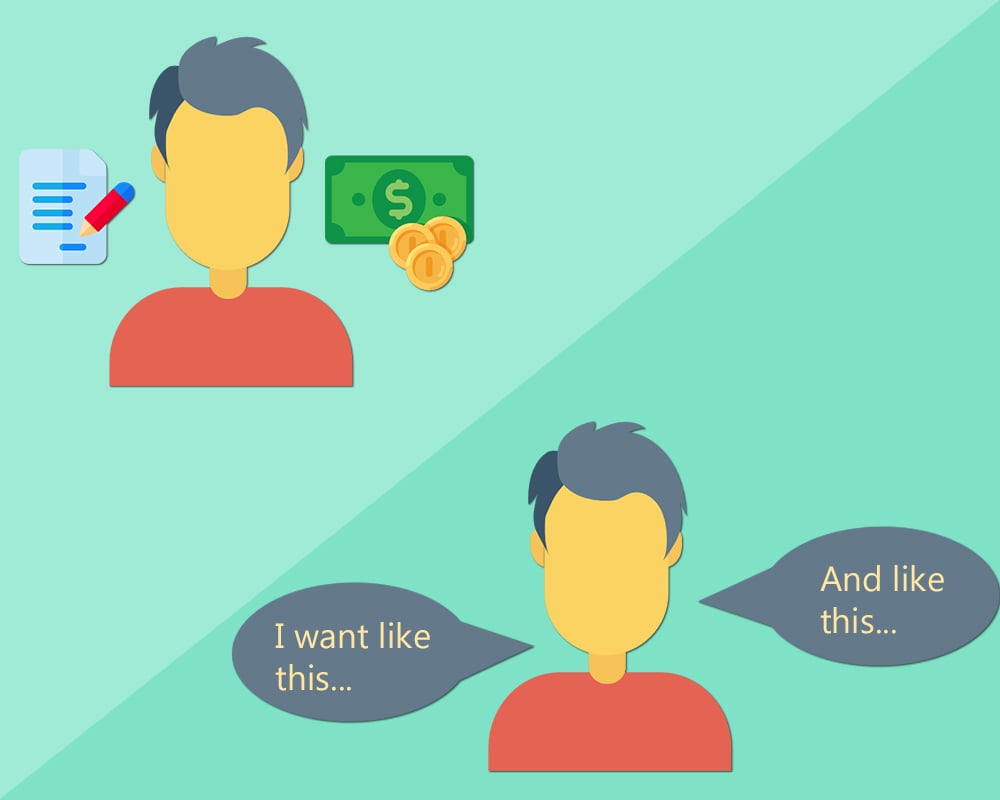
No matter what scale the project is and what type of client you’re dealing with, there are always a couple of main points that have to be strictly considered during the process in order to achieve the desired end result.
Note that valuing your time is very important, so before going to that first meeting make sure that the phone call you had or the emails that you’ve received are a good reason to get out of the office.
1. First meeting
Make certain that you have a deep understanding about your client’s purpose.
Once here, you have to listen carefully and ask as many questions as you need. Make certain that you have a deep understanding about your client’s purpose. Arrange your questions in a descending way, starting from the most general aspects down to the tiniest details, this is meant to prevent any potential misunderstandings. Take your time, write notes, draw sketches and bring examples, all these will lead to a fruitful collaboration and later on to a successful launch.
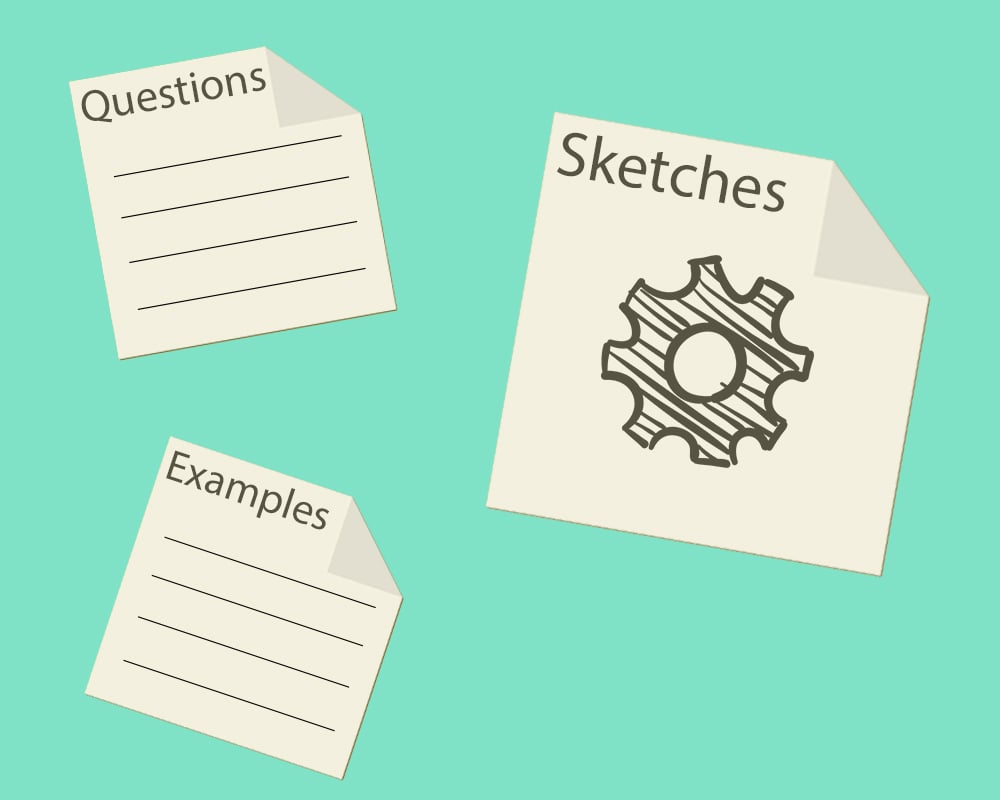
2. Create the plan
Brainstorm to generate technical and creative solutions.
Now that you have a full conclusion of how the final project should function, you need to bring together your developers, designers and UX experts, to brainstorm and generate technical and creative solutions which, combined together, will beautifully fulfill the customers’ expectations. Pick a management strategy and get ready to rock it.

3. Design
It’s worth spending time on sketches and wireframes.
User Experience. This is the ultimate thing that you have to focus on. It’s definitely worth spending time on sketches and wireframes in order to deliver something intuitive, clean and easy to use, something that users will love. Nail down to perform virtual tests of your masterpiece before taking it to the next stage.
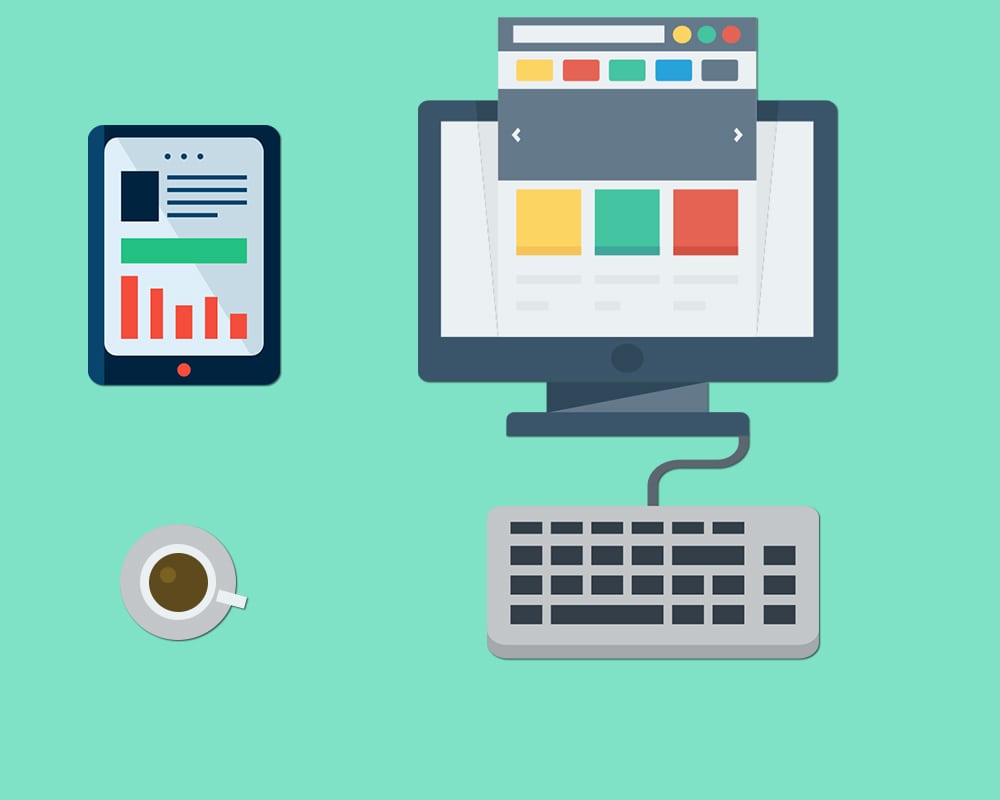
4. Develop
Give constant feedback to your client.
That’s the part where you have to get the most out of your management methodology, once ready, dive into that first sprint and let the fun begin.
Write bugs, fix them and turn them into functionalities.
Do the magic.
Give constant feedback to your client.
Write more bugs.
Do more magic.
Done.
Huh, that was quick.
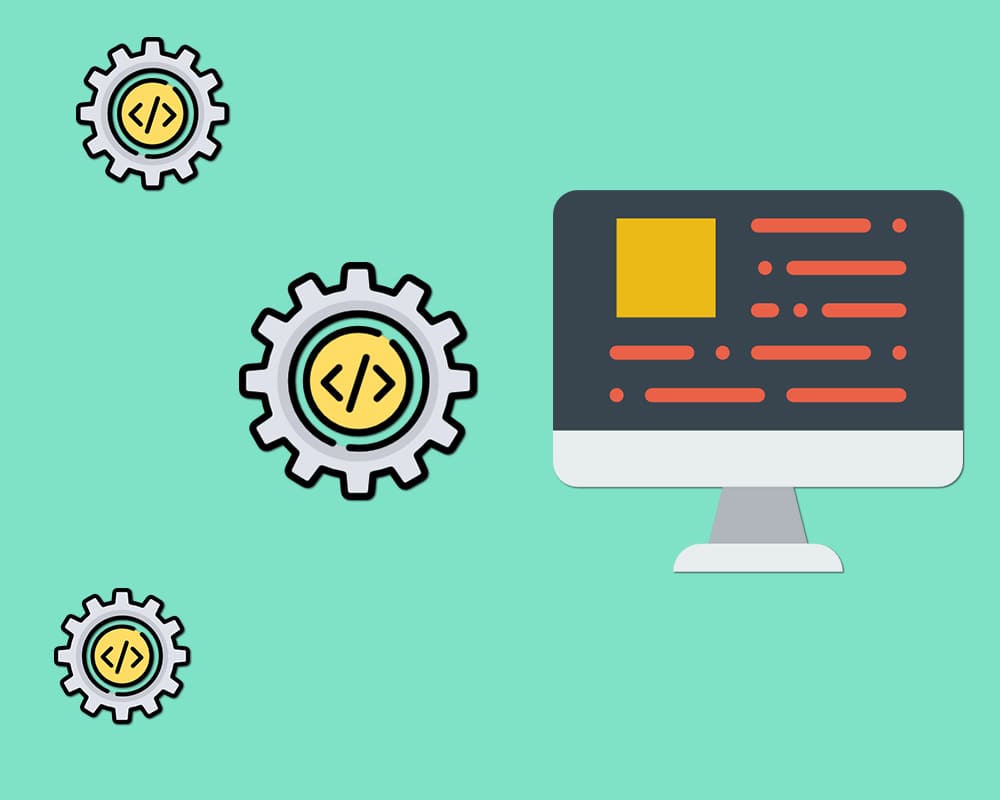
5. Test
Undertake a detailed functional, cross-browser and cross-device testing.
This stage ensures that the project, in fact, does what it is planned to do and also it must warrant that the end-user along with the project owner will be satisfied.
As much as many of us don’t like testing, especially developers, it requires a very thorough approach. It is way smarter to invest time at this stage then spending it on fixing bugs after the project launch. Double check that your team undertakes a detailed functional, cross-browser and cross-device testing, this will help reducing any potential risks associated to the project and improve its quality.
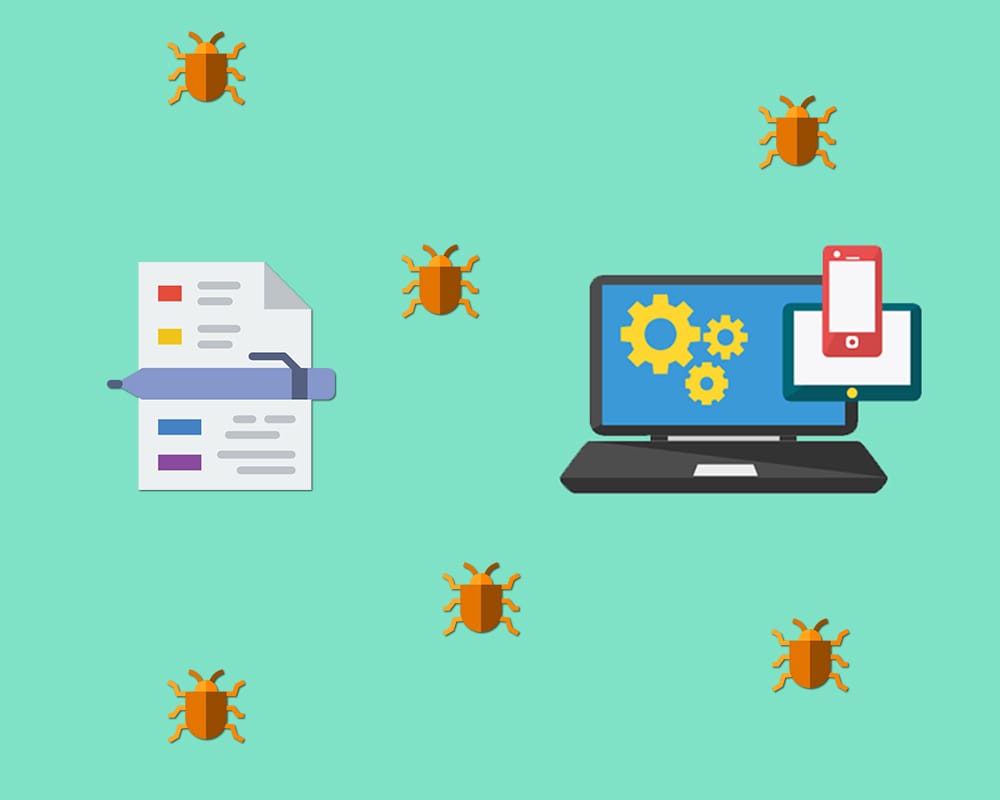
6. Launch
Find ways to maximize the project’s performance.
Be excited, but be ready as well.
We all know that unexpected issues might come out at any moment, it’s totally normal.
If so happens, don’t panic. Make sure to approach the situation in a professional way, let your client see that you can handle it and that you’re fully prepared for it.
Keep track of the project performance and look for ways to maximize it.
Oh, and wait for the bugs, yes, they will show up.

Conclusion
Was this the most professional way to approach a project development? Nah, not even close!
However, if you’re cooperating with small and medium enterprises, the above steps might deliver a positive outcome.
Keep in mind, it’s necessary to consider the basic phases, but you can always be creative and change the scenario. The projects are different and so are our minds, we just need to be brainy enough choose the right path.

